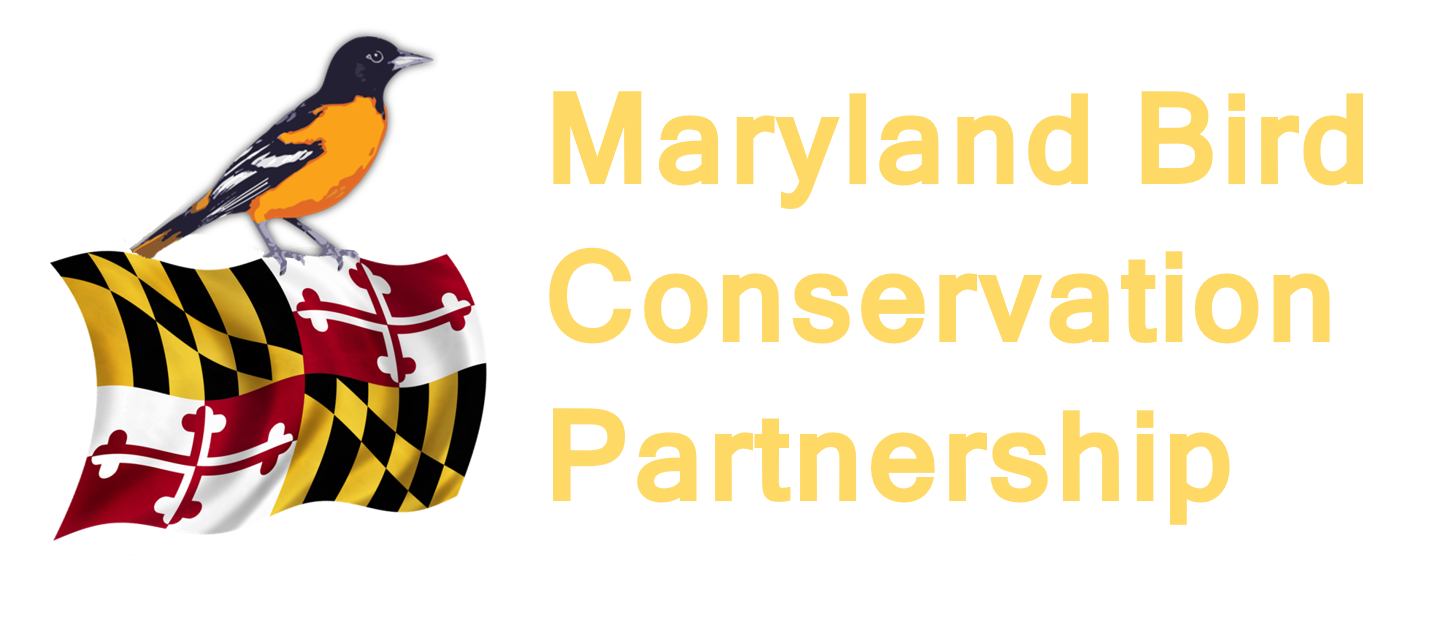To view an animated map of weekly estimated relative abundance based on eBird data, click the map.
Aerial insectivore populations have declined by 32% since 1970. Among aerial insectivores, Purple Martins (Progne subis), the largest swallow in North America, have declined 23%. Studies of Purple Martin migration routes have utilized primarily light-level geolocators (“geo-loggers”). With advances in nanotag technology, automated telemetry studies are increasing. Geolocator studies have shown annual migration of “sub populations” that show fidelity to breeding and wintering areas. The full annual cycle of a bird includes the breeding, migratory stopover, and non-breeding sites. Population declines can only be thoroughly investigated when all sites and habitats in the annual cycle are identified.
The goal of the Purple Martin Migration Tracking program is to advance the knowledge of Purple Martin migration routes and phenology (using radio telemetry nanotags) and expand the Motus network (motus is Latin for movement) in Maryland and Brazil, the wintering area for Purple Martins. The study will initially focus on martins breeding in La Plata, the first Bird City Maryland community. La Plata has two colonies of nesting martins in the town. The Town of La Plata has officially designated the Purple Martin as its Town Bird. Birds will be tagged in La Plata, and a Motus tower installed there.
Our partner in Brazil, Instituto Araguaia, lies within the wintering range of martins (see maps below). Checklists from several eBird hotspots at and near Instituto Araguaia show large numbers of wintering martins. We plan to install at least one Motus station and place nanotags on birds around Instituto Araguaia. We will track these birds to see where they nest.
Geolocator readings from Virginia breeding Purple Martins from Fraser et al. 2012* (yellow star is Instituto Araguaia)
Location of Motus stations in South America (yellow star is Instituto Araguaia)
*Fraser, K., B. Stutchbury, C. Silverio, P. Kramer, J. Barrow, D. Newstead, N. Mickle, B. Cousens, J.C. Lee, D. Morrison, T. Shaheen, P. Mammenga, K. Applegate, and J. Tautin. 2012. Continent-wide tracking to determine migratory connectivity and tropical habitat associations of a declining aerial insectivore. Proc. R. Soc. B. https://doi.org/10.1098/rspb.2012.2207




